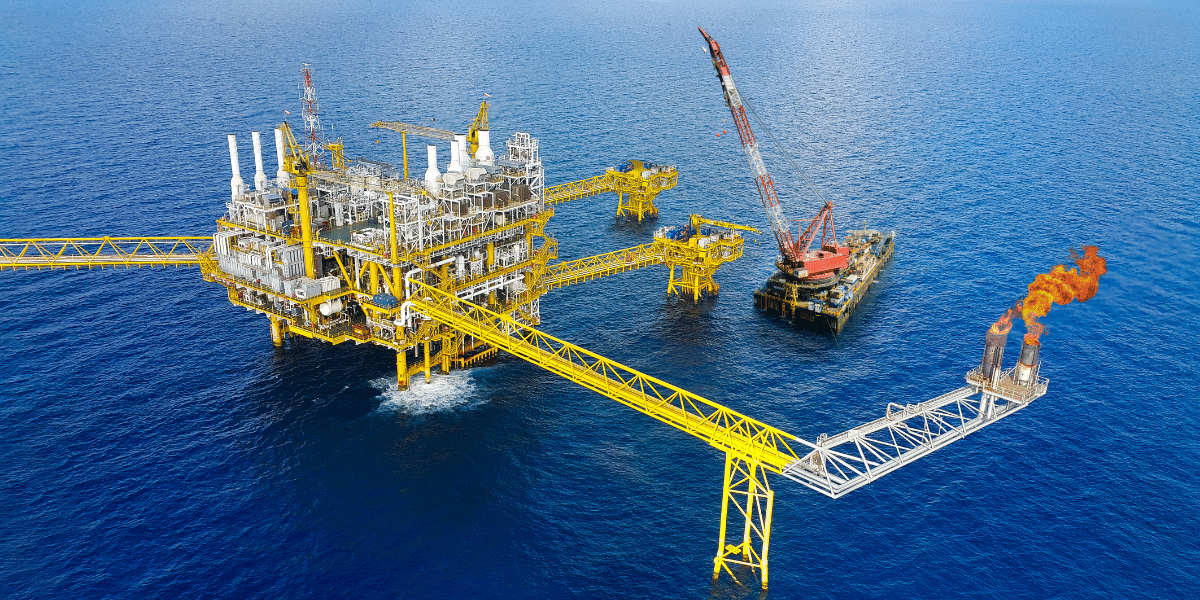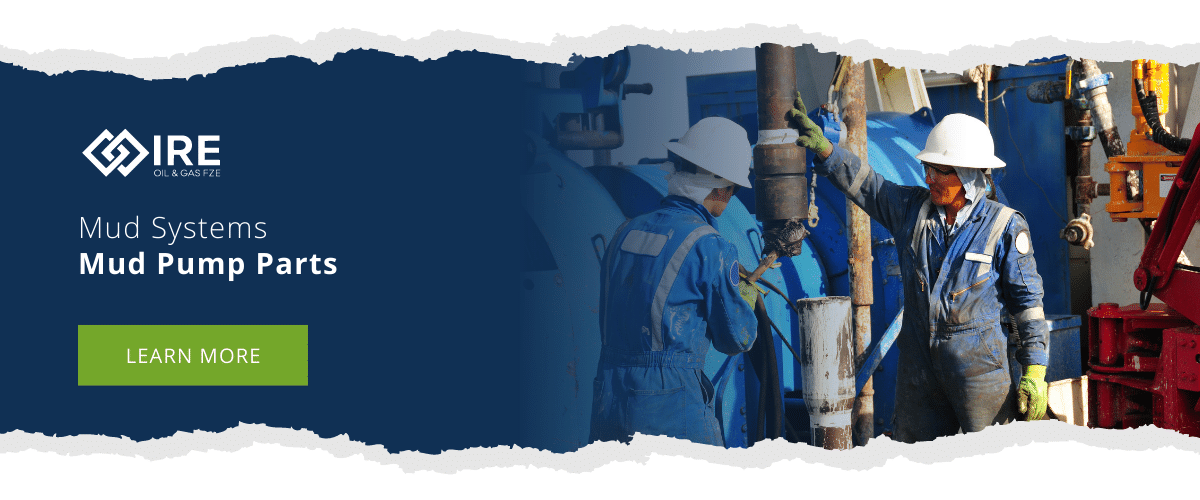Debunking the Terminologies of IBOPs and FOSVs
There are two types of stabbing valves that must be prepared for well control. The Full Opening...

Pulsation dampeners can be used in any industry where fluid flow applications are involved. They are designed to withstand harsh environments, such as those with abrasive, corrosive, high-pressure, or high-temperature fluids.
A pulsation dampener is an accumulator that prevents system shocks, pipe vibrations, water hammering and pressure fluctuations. In general, they are used when a constant, smooth output flow and pressure is necessary.
Pumps with a reciprocating piston, such as positive displacement pumps, may cause damage to the entire pump system over time due to pulsations or pressure gaps produced by the opening and closing of pump check valves. Pulsation dampeners serve the same purpose as shock absorbers on a car, minimizing hydraulic shocks and vibrations in order to protect pipe integrity. Adding a pulsation dampener to your pump will decrease the amount of energy in the media being pumped, making other tools more effective.
Pulsation dampeners protect system components from damage by reducing shock and excess movement. This results in increased pump efficiency, safety, reliability, and decreased downtime, maintenance, and operating costs.
Below are 10 industries applications:
Pulsation dampeners are effective in a variety of applications because they can be used with nearly any pressurised (pump) system that require avoiding pipe hammering or vibrating, reducing pulsations to enhance the accuracy of downstream equipment, and minimizing the load on the pump.
Water treatment facilities that use reciprocating pumps often experience pulsation on the discharge side of their pumps, which can lead to broken and cracked pipes. Pipe damage often leads to leaks and easily preventable downtime, but you can help protect your pipes with a pulsation dampener solution.
Pulsation dampeners aid with the production of water treatment systems. For example, the military ROWPU (Reverse Osmosis Water Purification) uses PPC products using a cellular product on the discharge.
Pulsation dampeners pumps create pulsation and hydraulic shock in normal operating conditions. These silent pressure spikes will weaken and damage your system over time, leading to unexpected and catastrophic failures in key safety applications.
Nuclear power plants using ASME certified pressure vessel's can save maintenance costs and lower risk with pulsation dampeners.
The root of most pulsation issues originates from the suction side, caused by inconsistencies in how fluid moves within a closed system. Since fluids cannot be compressed, the energy produced by pulsation or cavitation must be nullified somehow. Pulsation equipment, like suction stablisers and pulsation dampeners, introduction into the system provides an outlet for this energy.
Pulsation dampeners solutions protect the equipment and system within refineries maintain required pressure and flow profiles, improve pump safety and piping system protect, provide consistent performance and best return value and decrease system operating costs and downtime.
The primary area where pulsation dampeners are used in gas plants is in the glycol pumps. They are used to dehydrate the gas and remove the water. However, it's vital to ensure the pulsation dampener is set up correctly to avoid any problems with pumping glycol in high volume.
Additionally, they are typically used with pneumatic double diaphragm pumps. Without pulsation control, the pump may experience pressure peaks, which could damage system elements over time.
Diaphragm pumps equipped with pulsation dampers are utilized in a wide range of applications, including the following: chemical transformation processes, petrochemical usage, mining operations, and more. Pulsation dampeners (with ATEX certification) can also be used in an environment where there is a potential for explosions.
Pulsation dampeners benefit midstream applications by being installed on the pipeline for the transfer of crude oil across long distances.
The pump stores and releases a portion of the stroke volume by compressing and expanding an internal gas cushion in sync with the motion of the pump. This gas is usually nitrogen, separated from the process fluid by a flexible membrane (bladder, diaphragm or bellows). The low-pressure membrane prevents nitrogen gas from being absorbed into the process fluid, resulting in minimal maintenance (if any) under normal conditions.

Fertiliser producers use plunger pumps in fertiliser plants. There are likely many variations on this basic process, but for example, plant that’s makes a urea based fertilizer use pulsation dampeners. When CO2 and NH3 (ammonia) chemicals react, it produces Urea, plus an ammonium carbamate solution. Those two liquids are separated, and the reciprocating pumps are used to pump the carbamate solution back into the reactors. Pulsation dampeners aid in this process to ensure the correct pressure flow is released and maintained.
Although frac pumps are designed to minimise vibration, the fluid modules often wear out quickly. Because of the high pressure and volume, suction dampeners provide efficient and consistent fluid supply to the pump over a broad range of pressures while minimising the potential for cavitation and extend pump life.
They also help isolate the frac pump from the suction line to virtually eliminate acceleration head-pressure loss and promote acoustic isolation for optimal performance.
Because chemical injection operations run fluid at high pressure and flow rates, pulsation dampening on suction and discharge are effective for performance, equipment protection, maintenance reduction, and safety.
By reducing shock waves and delivering a continuous chemical dosage, they help maintain peak performance of the chemical feed system.
With the ability to be used in potentially explosive environments, pulsation dampeners store liquid energy so that in the event of an emergency valve closure or other equipment shutdown, there is still power and also reduces overall energy cost with continuous flow, rather than start and stop flow.
In reality, these vessels function similarly to a filter in a power supply by converting the ripple of a rectified sine wave into direct current.
Pulsation dampeners are essential for pump performance with mud pumps and drilling. They are devices installed at the discharge side of reciprocating positive displacement pumps. By controlling pressure and flow variations, they enhance hydraulic system performance and extend pumps’ service life.
Additionally, they provide MWD signal clarity when measuring signals in addition to mitigating safety risks, so overall, a pulsation dampener is a necessity to increase a pumping system's performance and reliability.
We work with leading brands, PPC and Mud King, to enhance and maintain your mud systems with innovative, high-quality mud pump parts for drilling rigs.
Our expert team partners with manufacturers so that our products help improve efficiency and safety for all your drilling pump equipment.
There are two types of stabbing valves that must be prepared for well control. The Full Opening...
We are proud to announce that, after a rigorous evaluation conducted by American Petroleum...
The team at IRE has always felt very fortunate to work with an array of exceptional partners within...